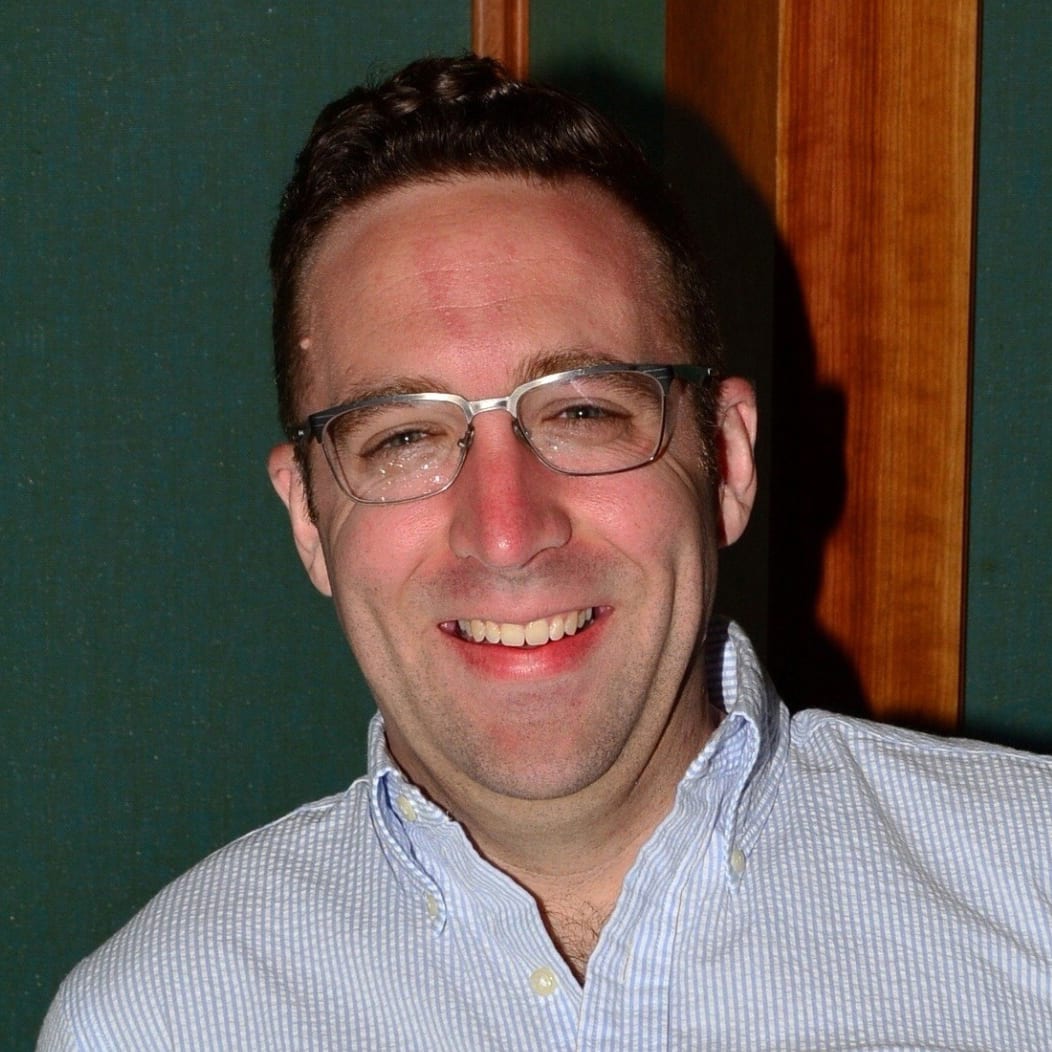Texas Tech's 2004 signing class, its fifth under Mike Leach, came at a period of significant transition for the program. Its record-setting quarterback, B.J. Symons? Gone. The team's prolific trio of wide receivers, including Wes Welker? Graduated. Its defensive line? In serious need of talent and depth. The Red Raiders attempted to fix all of these issues right away -- from quarterback to receiver to defensive line -- with several high profile JUCO additions, but it was largely the class' high school signees that ultimately made this group so memorable.
The class was well-received both by fans and recruiting analysts alike. Rivals.com ranked the Red Raiders' 2004 haul No. 33 nationally and seventh in the Big 12. Five-star JUCO quarterback Robert Johnson had the fanbase abuzz with thoughts of a dual-threat dimension to the Air Raid offense. Four-stars JUCO transfers Sylvester Brinkley and Marquis Johnson were expected to contribute right away. Four-star teammates Graham Harrell and Anthony Jenkins were viewed as future cornerstones.
"I think this was the best class we've had since I've been at Tech," he said. "I think there was more precision to the recruiting effort since I've been here. I think the recruiting area was defined well, I think there was just a great overall effort on the coaches part, and the other thing that I think paid off was that we got an earlier start on it then we have before."
Though Texas Tech's 2004 signing class was Leach's highest-ranked class to date, he was quick to dismiss the importance of player rankings.
"A big name doesn't mean anything," he said. "I don't ask Rivals or Insiders what to call on third and long. So I don't really care what they think. Maybe there is a guy that's five stars and I think he's terrible. I probably got minus three stars for recruiting Wes Welker. That probably cost me some stars. At some point you switch on the film and it's do you like him."
For the most part, outside of Harrell, the 2004 signees that made the biggest impact did not get much press that National Signing Day. Dwayne Slay, a two-star prospect, made the most noise out of the team's JUCO signees. Three-star Danny Amendola was a major contributor during his time on the South Plains, while Jenkins barely lasted two years in Lubbock before leaving the program. And Darcel McBath, Eric Morris and Shannon Woods played huge roles in the team's success from 2006-08.
SUPERLATIVES
BIGGEST HOME RUN: Graham Harrell. There's really no question that Harrell gets the nod here. In three years as Texas Tech's starting quarterback, he led the team to 28 wins, two January bowl games, three wins against AP Top-10 teams and the Red Raiders' highest ranking in school history. Beyond those accomplishments, Harrell's name is also all over the NCAA record book; he is the all-time leader in touchdown passes (134) among Power Five programs and was the first FBS quarterback to throw for 5,000 yards in back-to-back seasons.
Also considered: WR Danny Amendola, DB Darcel McBath
STRENGTH OF THE CLASS: Wide Receiver. Even though Jenkins and Marquis Johnson were both huge busts and L.A. Reed never lived up to his potential due to injuries, Danny Amendola, Eric Morris and Robert Johnson combined to start roughly 80 games at receiver during their careers with the Red Raiders. Not only were they steady contributors, but all three made memorable plays that either saved or won games for Texas Tech -- Amendola's tipped-ball third-down catch against Oklahoma in 2005; Morris' end-around touchdown in overtime against Nebraska in 2008; Johnson's 37-yard touchdown catch against Texas A&M in 2006.
WEAKNESS OF THE CLASS: Offensive Line. For the second-straight year, Texas Tech completely whiffed on offensive lineman. None of the three signees that started off on the offensive line -- Josh Aleman, Cody Baker and David Chatterton -- developed into starters and all of them left the program before exhausting their eligibility. Fortunately for the Red Raiders, their poor offensive line classes in 2003 and 2004 were bookended by exceptionally strong groups in 2002 and 2005.
